United States Army in WWII - Europe - the Siegfried Line Campaign
[Illustrated Edition]
Nonfiction, History, Germany, European General, Military, United States| Author: | Charles B. MacDonald | ISBN: | 9781782894186 |
| Publisher: | Lucknow Books | Publication: | August 15, 2014 |
| Imprint: | Lucknow Books | Language: | English |
| Author: | Charles B. MacDonald |
| ISBN: | 9781782894186 |
| Publisher: | Lucknow Books |
| Publication: | August 15, 2014 |
| Imprint: | Lucknow Books |
| Language: | English |
[Includes 19 maps and 82 illustrations]
Some who have written of World War II in Europe have dismissed the period between 11 Sept. and 16 Dec. 1944 with a paragraph or two. This has been their way of gaining space to tell of the whirlwind advances and more spectacular command decisions of other months. The fighting during Sept., Oct., Nov., and early Dec.belonged to the small units and individual soldiers, the kind of warfare which is no less difficult and essential no matter how seldom it reaches the spectacular.
It is always an enriching experience to write about the American soldier-in adversity no less than in glittering triumph. Glitter and dash were conspicuously absent in most of the Siegfried Line fighting. But whatever the period may lack in sweeping accomplishment it makes up in human drama and variety of combat actions. Here is more than fighting within a fortified line. Here is the Hürtgen Forest, the Roer plain, Aachen, and the largest airborne attack of the war. The period also eventually may be regarded as one of the most instructive of the entire war in Europe. A company, battalion, or regiment fighting alone and often unaided was more the rule than the exception. In nuclear war or in so-called limited war in underdeveloped areas, of which we hear so much today, this may well be the form the fighting will assume.
As befits the nature of the fighting, this volume is focused upon tactical operations at army level and below. The story of command and decision in higher headquarters is told only when it had direct bearing on the conduct of operations in those sectors under consideration. The logistics of the campaign likewise has been subordinated to the tactical narrative. It is a ground story in the sense that air operations have been included only where they had direct influence upon the ground action.
[Includes 19 maps and 82 illustrations]
Some who have written of World War II in Europe have dismissed the period between 11 Sept. and 16 Dec. 1944 with a paragraph or two. This has been their way of gaining space to tell of the whirlwind advances and more spectacular command decisions of other months. The fighting during Sept., Oct., Nov., and early Dec.belonged to the small units and individual soldiers, the kind of warfare which is no less difficult and essential no matter how seldom it reaches the spectacular.
It is always an enriching experience to write about the American soldier-in adversity no less than in glittering triumph. Glitter and dash were conspicuously absent in most of the Siegfried Line fighting. But whatever the period may lack in sweeping accomplishment it makes up in human drama and variety of combat actions. Here is more than fighting within a fortified line. Here is the Hürtgen Forest, the Roer plain, Aachen, and the largest airborne attack of the war. The period also eventually may be regarded as one of the most instructive of the entire war in Europe. A company, battalion, or regiment fighting alone and often unaided was more the rule than the exception. In nuclear war or in so-called limited war in underdeveloped areas, of which we hear so much today, this may well be the form the fighting will assume.
As befits the nature of the fighting, this volume is focused upon tactical operations at army level and below. The story of command and decision in higher headquarters is told only when it had direct bearing on the conduct of operations in those sectors under consideration. The logistics of the campaign likewise has been subordinated to the tactical narrative. It is a ground story in the sense that air operations have been included only where they had direct influence upon the ground action.
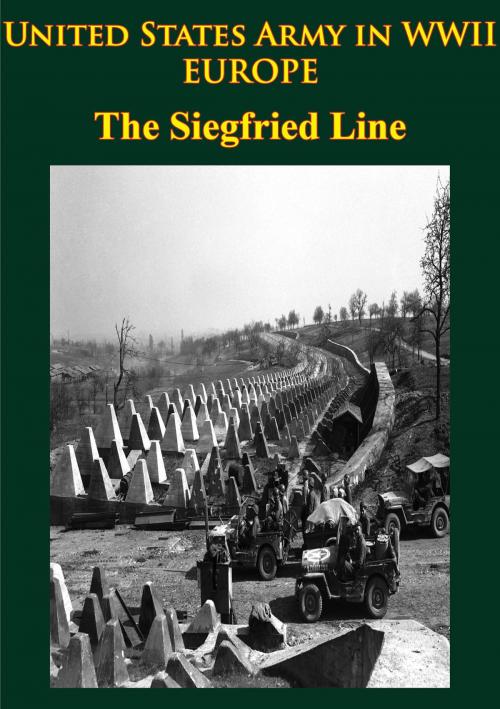
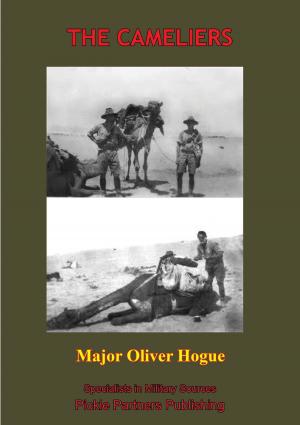
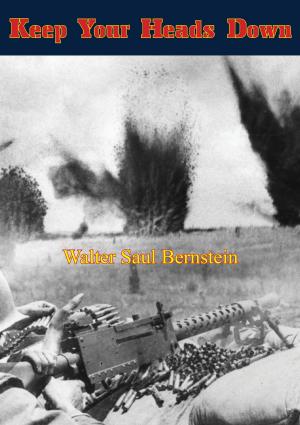
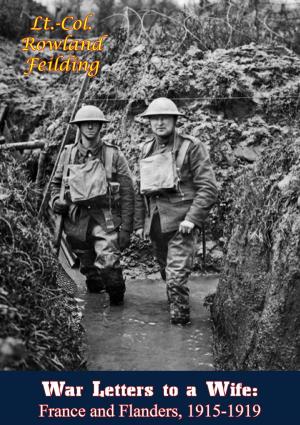
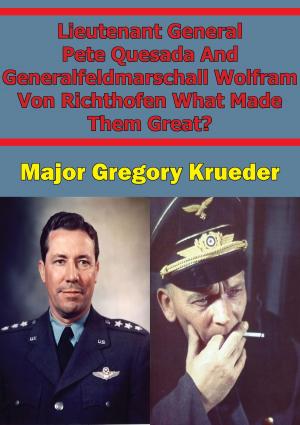

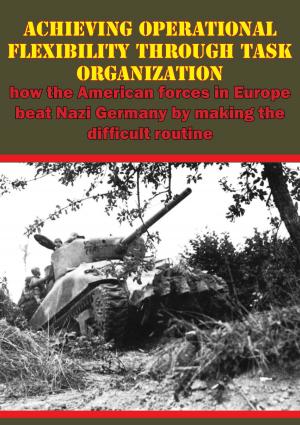
![Cover of the book WE SURVIVED - The Stories Of Fourteen Of The Hidden And The Hunted Of Nazi Germany [Illustrated Edition] by Charles B. MacDonald](https://www.kuoky.com/images/2015/november/300x300/9781786255761-9stN_300x.jpg)

![Cover of the book The Emma Gees [Illustrated Edition] by Charles B. MacDonald](https://www.kuoky.com/images/2015/november/300x300/9781786255501-8RDw_300x.jpg)
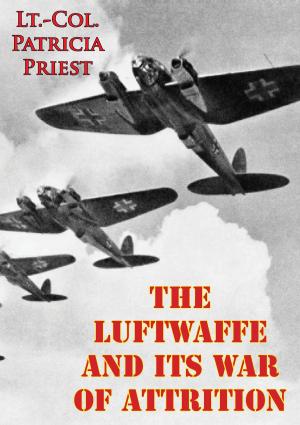

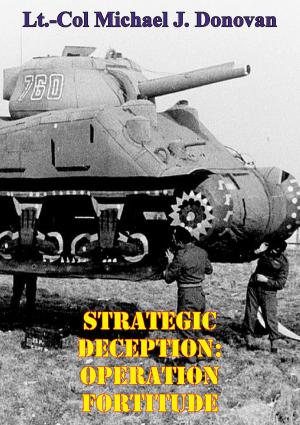
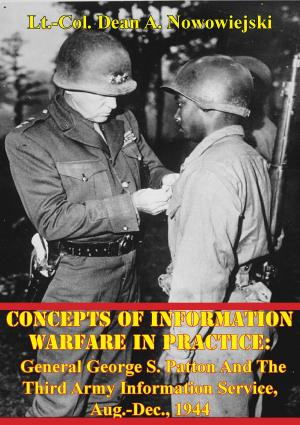
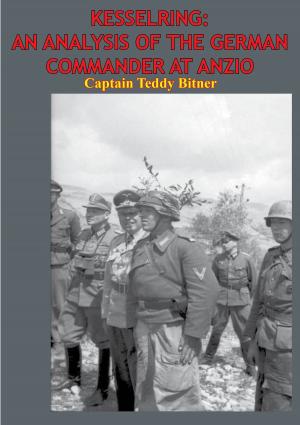
![Cover of the book Sir Douglas Haig's Despatches (December 1915-April 1919) [Illustrated] by Charles B. MacDonald](https://www.kuoky.com/images/2012/april/300x300/9781782890829-k6SN_300x.jpg)